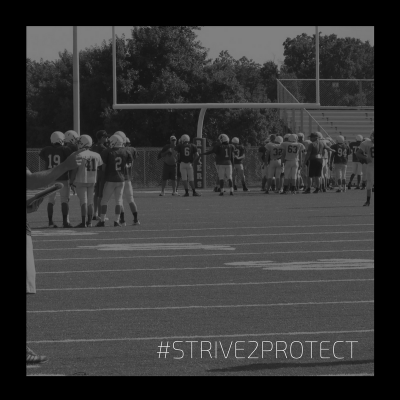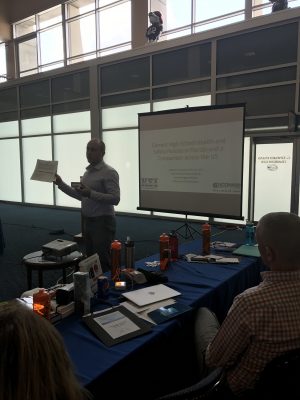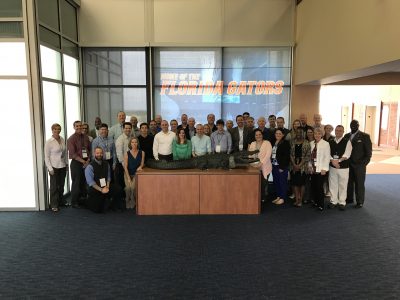Yuri Hosokawa, PhD, ATC
Vice President of Communication, Vice President of Education

Earlier this summer, when everyone was relieved to have completed the spring sport season, we were invited to give a lecture and hands-on training for exertional heat stroke emergency at CoxHealth Sports Medical Conference in Springfield, MO. This was their second annual gathering to review and practice updated policy and procedures for athlete health and safety. Physicians, athletic trainers, emergency medical technicians, athletic directors and coaches of local high schools attended this meeting. During the hands-on training, multiple scenarios were practiced. For example, what do you do when the first responder was an individual who was not medically licensed? What is the chain of command when an athletic trainer is present and not present? What cooling modalities are acceptable? What precautions must be taken during cooling? This lab also reiterated the importance of cool first, transport second. I am happy to say that their updated policy specifically states to cool first and then transport after the patient’s rectal temperature is down to 102 degrees Fahrenheit and that no other measures of body temperature assessment is acceptable. Throughout the meeting, I was very impressed to see their collaboration and understanding of each other’s role and I know their athletes are in good hands.
A month and half after the meeting, I received an email from CoxHealth stating that their emergency preparedness was put to a test– where an athlete was successfully recognized and treated for exertional heat stroke.
Sarah Bankhead (ATC, athletic trainer at CoxHealth), who treated the athlete, recalls the day as follows: When our athletes were putting away the blocking bags after practice, a coach noticed one of the athletes closing his eyes and beginning to fall over in the shed. The coach caught him and immediately called for help. The first coach to reach him checked his pulse and noticed shallow rapid breathing. The head coach called 911 and the other two coaches started putting ice in the groin, neck, and armpit areas. I, the athletic trainer, soon came over with a rectal thermometer, inserted it, and got an initial temperature of 108 degrees Fahrenheit. After confirmation of exertional heat stroke, a tarp was immediately place underneath the athlete and began to be filled with ice and water to start the cooling process before the emergency medical service arrived. We ensured that the athlete’s temperature was cooled to 102 degrees Fahrenheit, and then the athlete was transported via ambulance for follow up evaluation. The athlete has made a full recovery with no deficits thanks to the quick actions of those above, an effective policy in place, and the Sports Safety Summit which prepared my coaches to respond.
Many teams have now begun their fall pre-season training. Do you know the chain of command and procedures when a heat emergency occurs on your practice field? It is never too late to review and build a consensus among the stakeholders of your sports medicine team. Take a “time out” and go over your emergency action plan. #Strive2Protect

